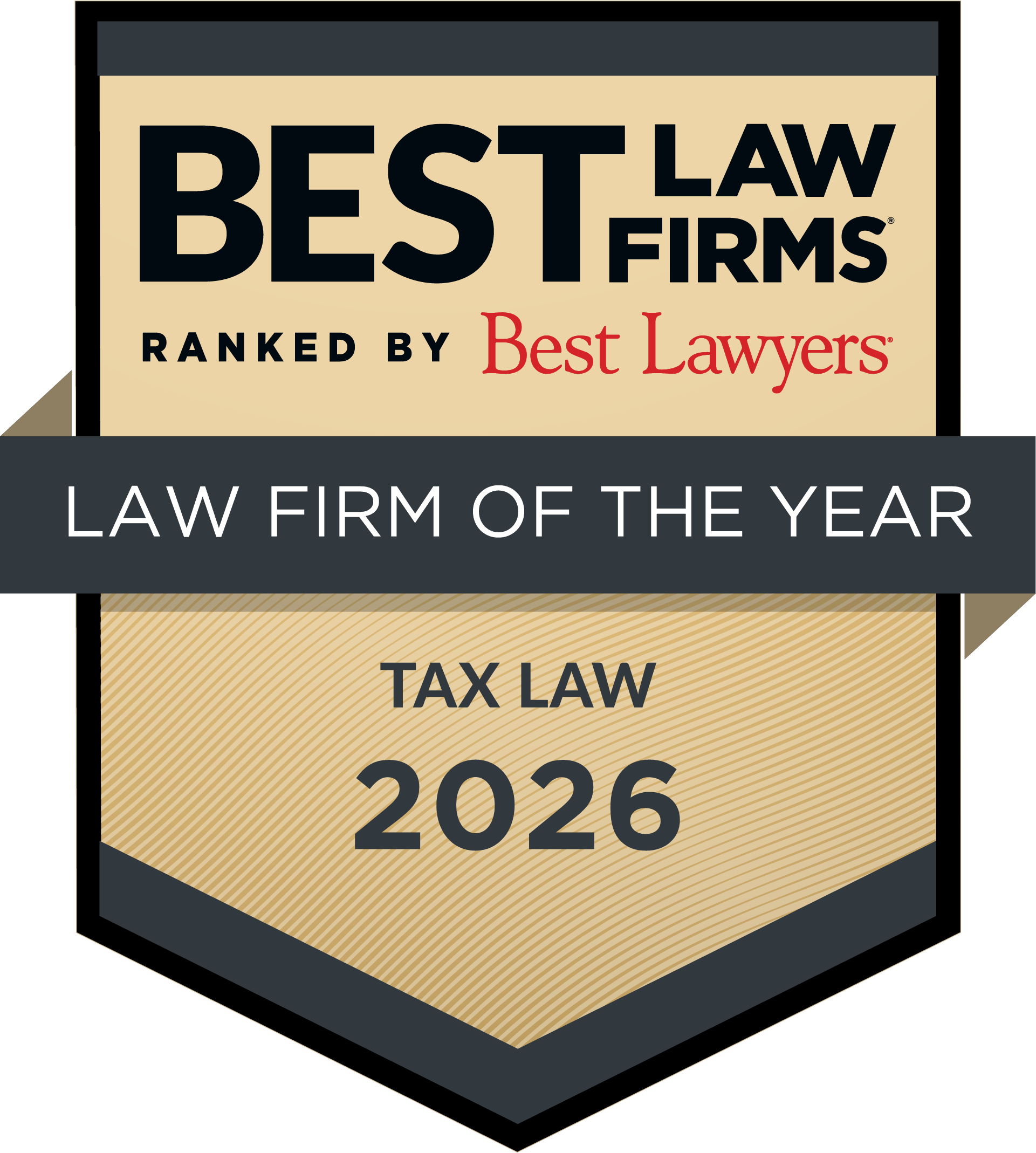The New York Legislature has passed bills related to the 2015–2016 budget (S2009-B/A3009-B and S4610-A/A6721-A, collectively referred to herein as the Budget Bill) containing several significant “technical corrections” to the New York State corporate income tax reform enacted in 2014, along with sales tax provisions and amendments to reform New York City’s General Corporation Tax. The Budget Bill’s technical corrections to last year’s corporate income tax reform include changes to the economic nexus, tax base and income classification, tax rate (including clarifications to rules applicable to certain taxpayers, such as qualified New York manufacturers), apportionment, combined reporting, net operating loss and tax credit provisions. The technical corrections are effective on the same date as last year’s corporate income tax reform, which was generally effective for tax years beginning on or after January 1, 2015.
This post is the sixth in a series analyzing the New York Budget Bill, and discusses changes to the net operating loss (NOL) and investment tax credit provisions.
Net Operating Losses – Prior NOL Conversion Subtraction
For tax years beginning on or after January 1, 2015, the calculation of the New York NOL deduction has changed dramatically. As a result, the Tax Law provides for a transition calculation, a prior NOL Conversion Subtraction, for purposes of computing the allowable deduction for NOLs incurred under the prior law.
To calculate the Conversion Subtraction, the taxpayer first must determine the amount of NOL carryforwards it would have had available for carryover on the last day of the “base year”—December 31, 2014, for calendar year filers, or the last day of the taxpayer’s last taxable year before it is subject to the new law—using the former (i.e., 2014) Tax Law, including all limitations applicable under the former law. This amount is referred to as the “unabsorbed NOL.” Second, the taxpayer must determine its apportionment percentage (i.e., its BAP) for that base year (base year BAP), again using the former (i.e., 2014) Tax Law; this is the BAP reported on the taxpayer’s tax report for the base year. Third, the taxpayer must multiply the amount of its unabsorbed NOL by its base year BAP, then multiply that amount by the tax rate that would have applied to the taxpayer in the base year (base year tax rate). The resulting amount is divided by 6.5 percent (qualified New York manufacturers use 5.7 percent). The result of these computations is the prior NOL Conversion Subtraction pool.
A taxpayer’s Conversion Subtraction will equal a portion of its Conversion Subtraction pool computed as outlined above. The standard rule provides that one-tenth of the Conversion Subtraction pool, plus, in subsequent years, any amount of unused Conversion Subtraction from prior years, may be deducted as the Conversion Subtraction. The Tax Law as originally drafted also provided that any unused Conversion Subtraction could be carried forward until tax years beginning on or after January 1, 2036 (tax year 2035 for calendar year filers). The technical corrections include slight changes to that carryforward provision. Now, any unused Conversion [...]
Continue Reading
read more



 Subscribe
Subscribe



